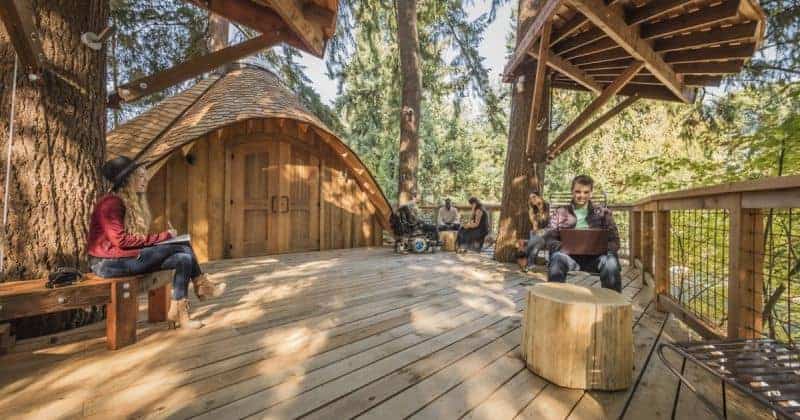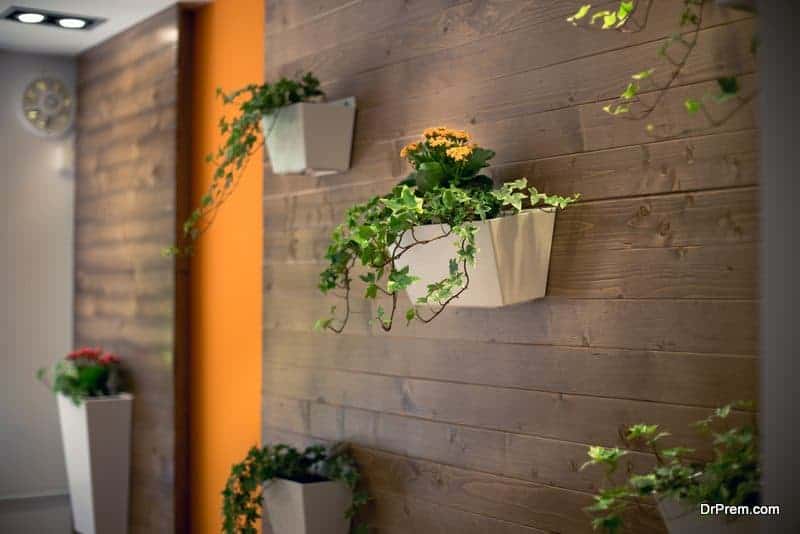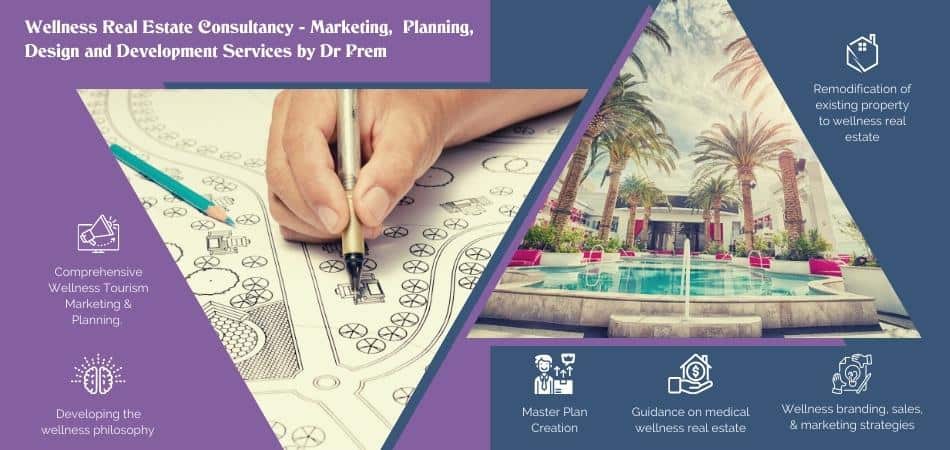Ever wondered why Google is incorporating ingredients of outdoor nature in their offices all over the world? This is not only to earn green building certifications but mainly to reduce stress in the employees and enhance their productivity. Such interiors taking occupants closer to nature constitute Biophilic architecture.
Walls brimming with green ivy and ferns, interior waterfalls and expansive view of sunbathed gardens from workstations are commonly sighted here. Biophilic interior is a happening thing in interior décor and an outcome of sustainable designing where nature’s influence on occupants is seriously considered.
Biophilia – Setting the connection with nature:
Biophilia means ‘Love of Life’. The American Biologist E.O. Wilson in 1980s proposed that in spite of evolutionary changes, there exist an innate need for humans to connect with nature. Biophilia sets that connection.
This explains why sound of crashing waves attract us, a view of the beautiful garden or vast greenery leaves us in awe and the towering height of a mountain raises our imagination bar. Even strolling in a park has a restorative effect on our spoiled mood.
Rapid urbanization and overcrowding in human settlements have somewhat snatched away that precious human-nature connection. Modernization has gifted us with lots of conveniences but along with its share of inconveniences as well. We have been thrown into the pool of unending stress leaving us struggling to get out of it.
The essence of Biophilic architecture:
Image Source : news.microsoft.com
Biophilic architecture does not mean one or two potted ferns placed here and there or mini greenery at your desk. It is more than that. It entails a complex mixture of different natural elements that coalesce with each other forming an environment giving the employees a feel of working amidst nature.
It demands thoughtful designing considering the space of the workplace and the number of employees to share that place. Amazon’s rainforest offices and Microsoft’s tree houses are conceptualized on this. It is not just a haphazard way of incorporating natural elements in the office. It should resonate with the workers and the space.
Biophilic design in enhancing workplace wellness:
Bringing nature into the workplace can help in reducing stress, improve focus and foster creativity. Imagine yourself immersed in a work for a long time. If by chance, your glance falls on the sundrenched green outdoors or a picturesque image of a landscape, a feel-good factor automatically sets in.
More than 1/3rd part of our day is spent in workplace and commutation. In the pursuit of sustenance, our connection with nature gets lost. We neglect our innate trait which gradually takes a toll on our overall wellness. Stress, anxiety and fatigue overpower us. A 2014 research published in the “Journal of Experimental Psychology: Applied” states that the presence of plants inside a building enhances the wellbeing of occupants by 40%.
In the US, organizations have to cough up about $190 million in healthcare cost every year for workplace-related stress. Several studies have also revealed that incorporating biophilic features in the workplace can improve productivity and reduce absenteeism, two main factors impacting the bottom line of the business where human resource constitute a significant amount of operating cost. This is the main reason why introducing biophilic architecture in workplace can have a significant bearing on employee wellness.
Nature can be nurtured indoors in many forms like building trees indoors, running flowering creepers and ivy plants down the walls, small planter boxes kept all over the office space, placing workstations beside windows overlooking a sprawling garden and most importantly providing enough allowance for daylight.
An even more intriguing aspect of biophilic architecturre is that simulation of natural landscapes in absence of nature in its original form has similar benefits in employee wellbeing. The simulation can be through painted landscapes or LED screens flashing sounds and beauty of nature.
Impact of environment on your mind:
Environmental psychology states that remaining connected with nature is an adaptive function that aids in psychological restoration. Research also states that post exposure to a stressor, sounds of nature can cause psychological restoration by 37%.
- Just being connected to nature has shown to enhance mood and self-esteem of people especially for younger generation.
- According to Attention Restoration Theory, viewing nature can shift the brain’s processing function to a different mode. Even if you keep viewing pictures of a green meadow for about 40 seconds, your brain shifts into a better relaxation mode.
- Several other studies also reveal that exposure to nature like hearing sound of running water or smelling fresh foliage not only helped in stress reduction but also improved blood pressure and heart rates.
Biophilic architecture: Focusing on people rather than aesthetics:
The interest in biophilic architectural aspect gained pace for last few years especially in the hi-tech and healthcare sectors. Many of the accredited green-buildings often miss the human-nature connection factor. Their designing and structure may be great but they do not have the Biophilia.
Relation between nature and employee wellness:
- Researchers in the US found that 10% of employee absenteeism could be due to office design devoid of natural component or enough sunlight.
- A study in the US found that nurturing greenery in the workplace increased productivity by 15% and also enhanced focus and satisfaction.
- Simulated natural views through high-definition LED screens can also have a similar stimulating effect on employees.
- Creating indoor gardens can also help employees take some out to get connected with nature for a psychological boost.
The global impact of biophilic architecture on workplace:
A global survey quantifying the benefits of biophilic architecture on workplace included workers from 16 countries where 85% of them worked in an urban environment. The study came out with significant findings:
- Employees working in offices surrounded by greenery and sunlight reported 15% higher level of wellbeing, are 6% more productive and 15% more creative.
- Offices with nature resembling colors like green, brown, yellow and blue had a positive impact on employee well being, productivity and creativity.
The most demanded elements in a workspace according to the survey:
- Natural Light – 44%
- Indoor plants – 20%
- Quiet working space -19%
- View of the sea- 17%
- Bright colors – 15%
Against the demand, what the current global office landscape offers? 47% offices are devoid of natural light and 58% of them have no plants.
From the above study based evidence, it is clear that effects of biophilic design go much beyond than employee satisfaction. It is not just a mere design fad that would fade over time. From the business perspective, biophilia in office reduces cost along with enhanced employee contribution and reduced staff turnover.















